|
When I was a kid, everyone in the business drew. I grew up around a drafting table and design (drafting) studios. CAD (Computer Aided Design) came along and for the most part drawing stopped.
At the time it was a big deal. In the early nineties, a new desk top, LANDCAD software, and a plotter - a printer for 36" wide paper - was probably a $15,000 investment. Substantial if you are in "Design/Build" and not drawing full-time which I suspect made it a difficult expense to justify. However, as I look back, the justification most likely would not have been found, in our case, in production increase or savings. It was the spirit of the times and anything that was done on a computer was - well - just more high tech and better. I might leap as far as to say, one didn't even need to know design, just show up to a client with something produced on a computer and you immediately had credentials and authority. The problem for me, with the large scale design infrastructure, was that it was fixed in one place, the office. In landscape and construction (well, where I come from) you work in the field through the day and then meet with clients and draw in the evening. I never wanted to sit in the office all night. So I had a large graph pad and a couple templates that I would work with at my coffee table or kitchen counter at night. And soon, I found one of those old unnecessary drafting tables and moved it into my dining room. That was in 1998. 5 residences later, that same drafting table sits in my "living room." I've casually worked through the winter on my floral project in part to stay active, part for study, part for conversation, experiment, and community. At the core is a pedagogical belief that activity and practice make the practicioner; the person becomes through their engagement and activity. Although I can make a list of what this work has inspired in me - new plant interests, ideas on "ways of being" in the garden, an extensive development of the vocabulary to speak of floral art, etc - perhaps most strongly is a freshly ordered sense of nature and its duration. For three months now I've had cut material at my fingertips dialy. From the white Lisanthus I used at Christmas, through the post-holiday coniferous greens, the Quince branches gifted by Ferncroft, my first Ranunculus, and the harvesting of my own branches, Spiraea to Lilac - each day brings some change or motion as buds swell, open, brown, and fall. And so this morning when I caught this silk bouquet out of the corner of my eye, an uncanny terror bloomed. Its only just this morning that I recognized its never changed. It may be accurate to say "The largest gardening or horticultural challenge (problem) faced in the urban landscape (in the COB*) is dry shade." Tree pits - dry shade. "Hell Strips" - dry shade. Anywhere around the endless number of "weed" or "naturalized" or "invasive" Norway Maples that line every boundry and property line in the city - dry shade. If I could go a bit further. "Shade isn't the problem." Wet shade; no problem, tons of stuff to grow there. It is the command the tree has in occupying the space that is really being dealt with. The tree controls everything that is a resource - root space, water, sun, and most likely some alleopathic defense by the tree as well. I don't really have answers yet - hard ones that answer the problem but I have been in serious experimentation for over a year. Part of this "experimentation" involved finding this book ("Planting the Dry Shade Garden" by Graham Rice - Timber Press, 2011.) which I have been occasionally looking over for a year now. While there are many things I don't like, referring to what may make the book a quality work, I can't take the time to provide an aesthetic vision of how to treat the subject, so I will only say that it seems the book's answer to dry shade is to build a raised bed, which to me disregards the tree as basic arborculture would point out that soil should not be placed on top of tree roots. Of course, the book always hedges itself, where at many points it directs its reader to consult a professional or expert. But. Then. Why did I buy this book? My lesson learned: I saw the book referred to in an article somewhere and immediatly found it at Amazon and had it shipped. But. As I found out, it appears the book is intended for a zone 6 or 7 audience as most of the plants listed in the book (85% of the book is a plant list with pictures and details) are not usable here in zone 5. My bad. Some plants listed I'm interested in (you may also see here a crossover interest in utilizing plants that have value a cut material): Symphorocarpus, Arum italicum, Corydalis, Helleborus. *COB - City of Buffalo 3/21/2016 Style "Considered"Style and styling, as a concept in one form or another, has surrounded me for days ("Branding" is a GIANT term running about). I wrote a piece about it Friday night but deleted it an hour later. Where I always contextualize my point in stories of everyday life, it got lost this time. So what follows is my attempt to articulate an idea by moving directly from A ----> Z. "The Problem" "Matt. If I may offer a critique of your media presence: I think you should aim to be more stylistically consistent so your veiwer understands what they are looking at when they look at Buffalo Horticulture. Such as, use the same filter on your photos, like Fade, or organize your objects in the same way..." "Summary of My 45 Minute Response" Buffalo Horticulture does not have a style. We design. While intensly pragmatic, we think of "style" as what design creates. It is not style that makes a design. Design practice considers "the visual and tactile" such as form, line, texture, mass, scale, balance, unity, color, etc as well as the affective, emotional, and poetic sensibilities in recognizing specific appeals to nature, the modern, or nostalgia - to name a few. There are many different ways to see beauty, find enjoyment, and make the world. Buffalo Horticulture doesn't have "style;" it's greatest skill is communication which allows Buffalo Horticulture to read and make interpretations of the clients style. Style is personal. Buffalo Horticulture's identity is about its elementry skills, techniques, and process that allow it to bring form to something that begins in another's imagination. And so our images hopefully display that we understand a wide range of styles and how elementary visual and affective intellegence can be represented. 3/17/2016 Buffalo Horticulture: Everyday LifeWell. I like to tend to my blogging but every piece I've been working on is in my drafts folder "unfinished" as I've yet to find the poetic voice to deliver them in 😉. So for now, here are some bits and pieces of Buffalo Horticulture. Today's task list and schedule. 1. 4 mile run 2. Caffe Aroma for coffee. Check out Instagram. Read a month of Saipua's blog. 3. Meet Wrafter downtown at Public. Conspire. 4. Change boots. 5. Work at warehouse. Picked up papers around site and cleaned up snowplow damage. 6. Deliver "crates" accross the street to Butterblock kitchen that we picked up yesterday. 7. Fueled small dump truck. 8. Back to Caffe. Wrote up an estimate for Linden Avenue work. 9. Ferncroft needed printer paper - ran some over. 10. Wrote this blog post. It's been a fairly light day really. But, Friday and Saturday are gonna be crazy. So much scheduled. ✌️ |
Matthew DoreLandscape designer and Proprietor of Buffalo Horticulture Archives
April 2020
Categories |
Telephone(716)628.3555
|
|
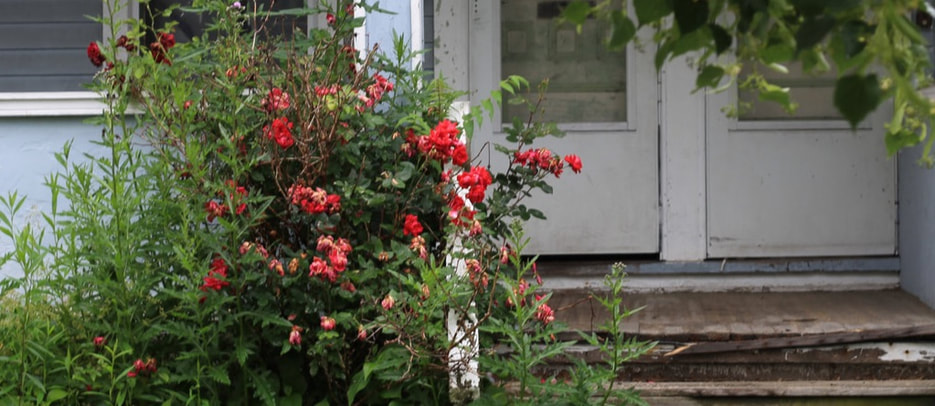
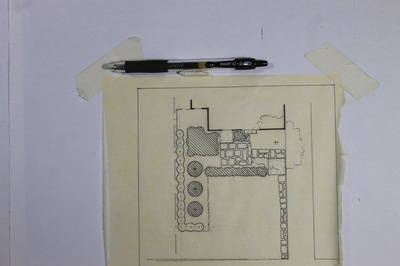
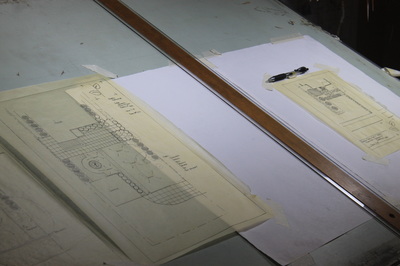
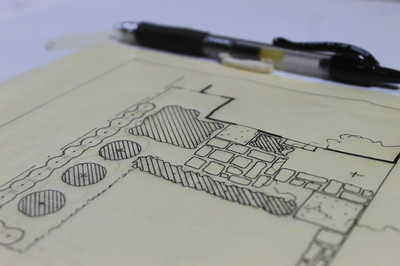
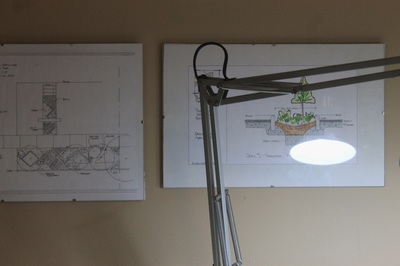
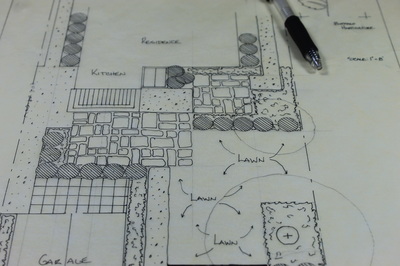
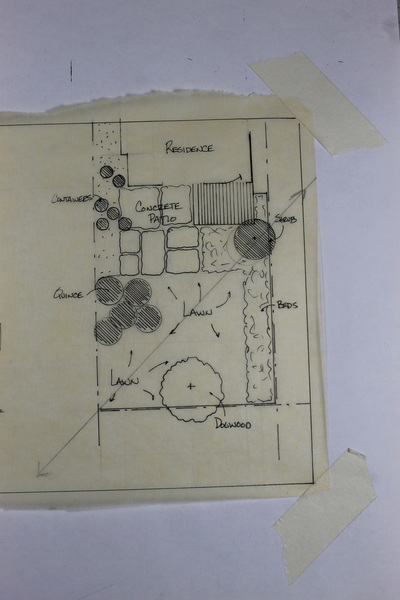
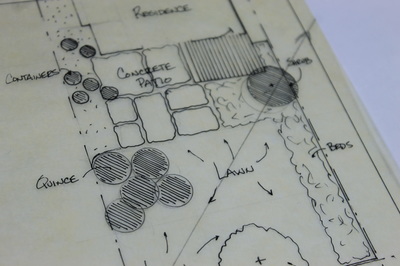
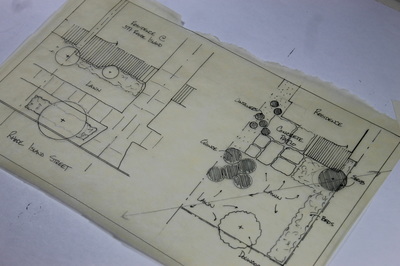
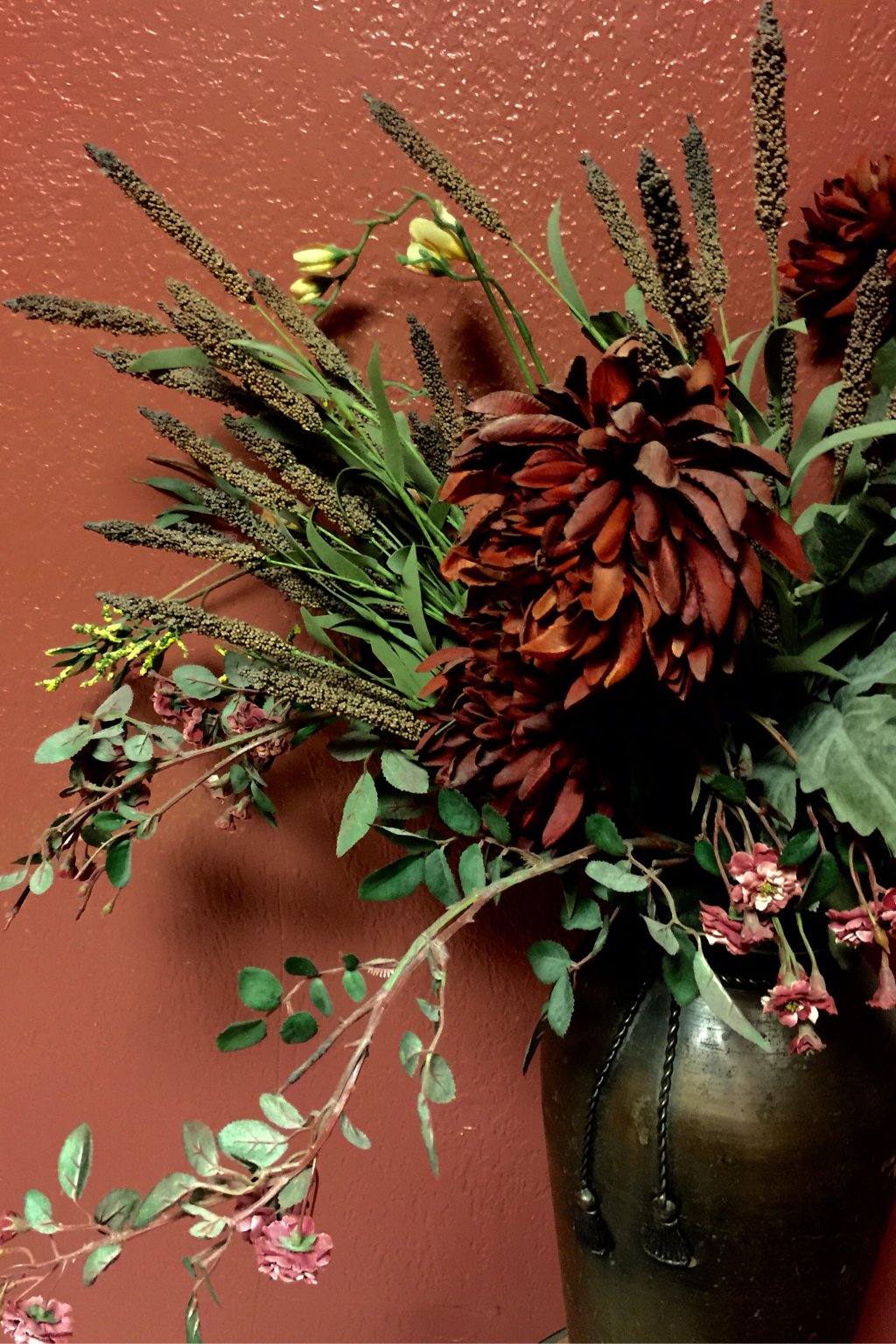
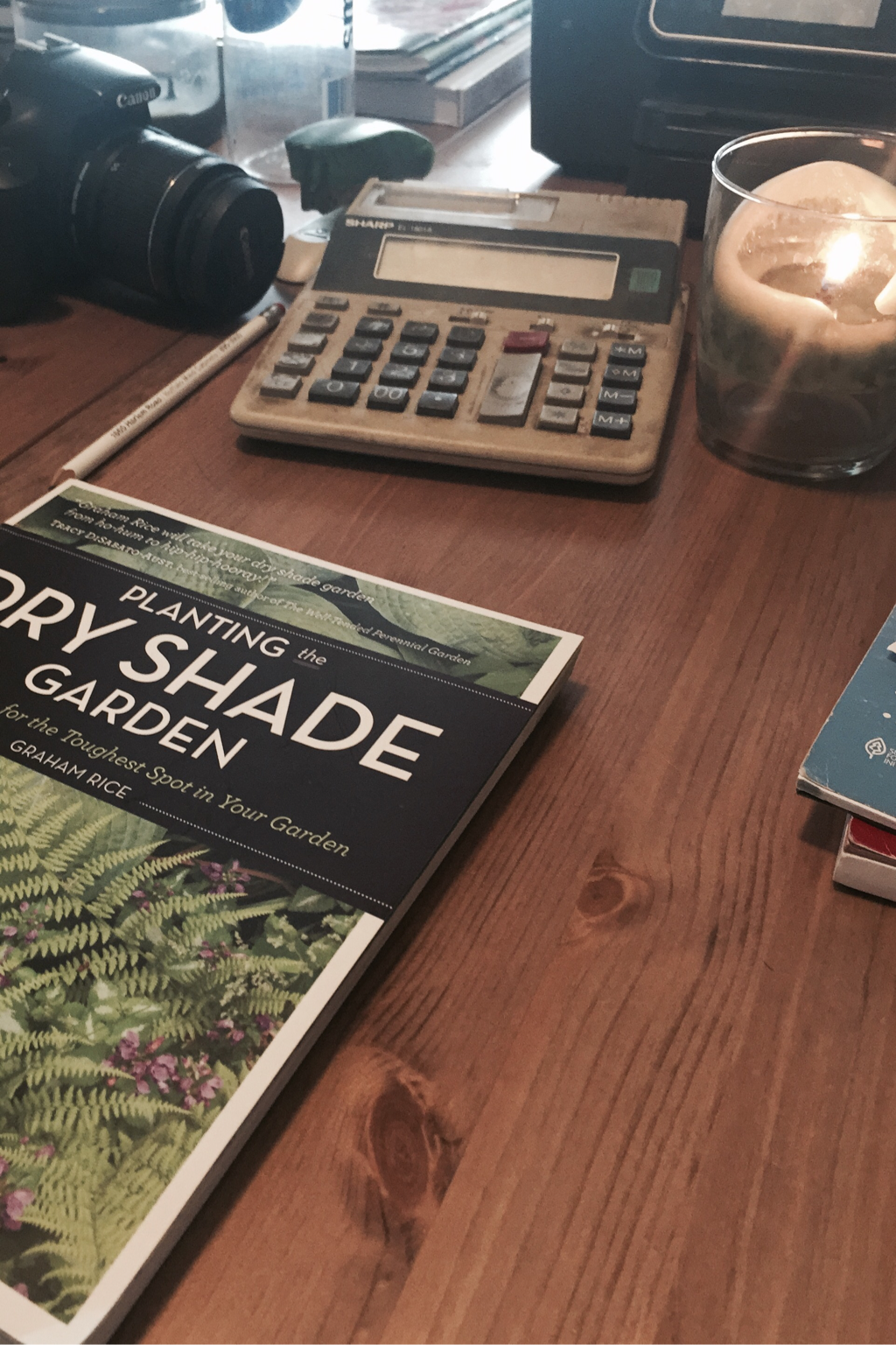
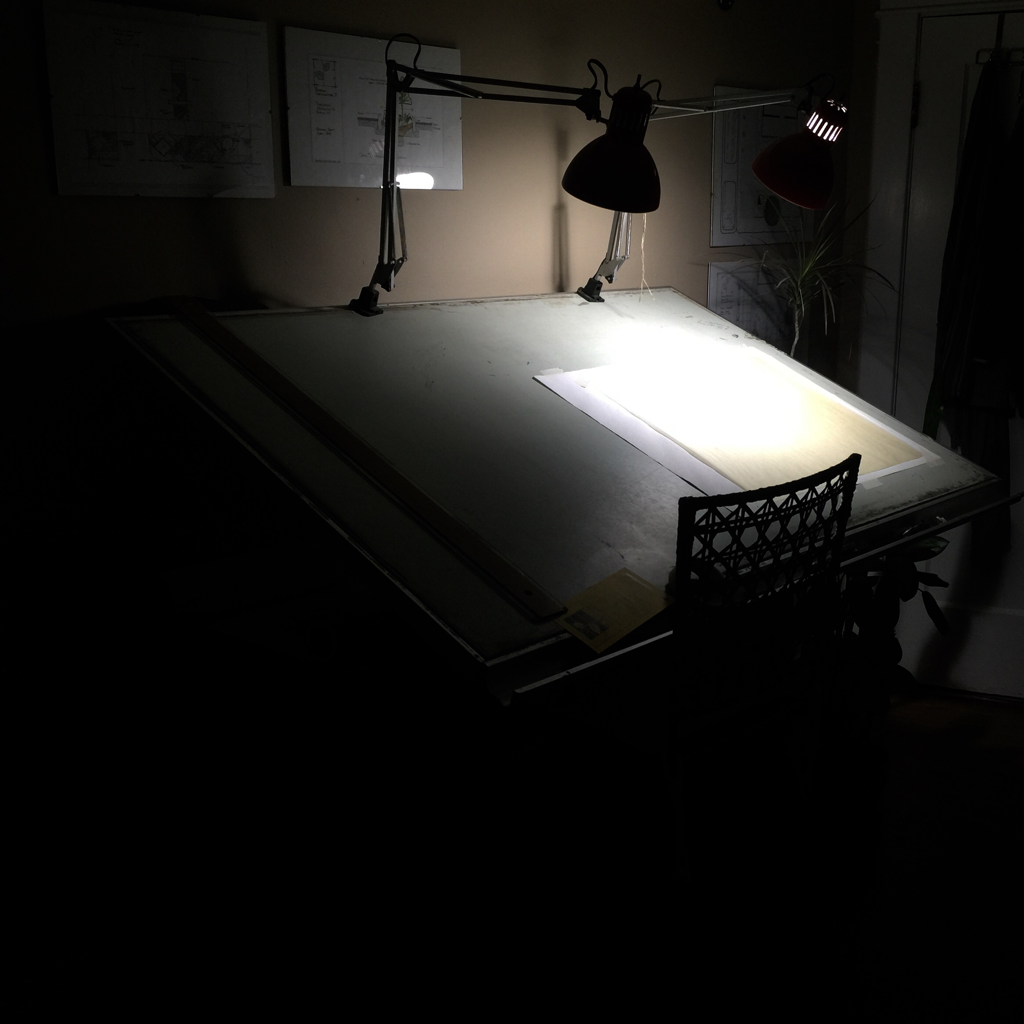
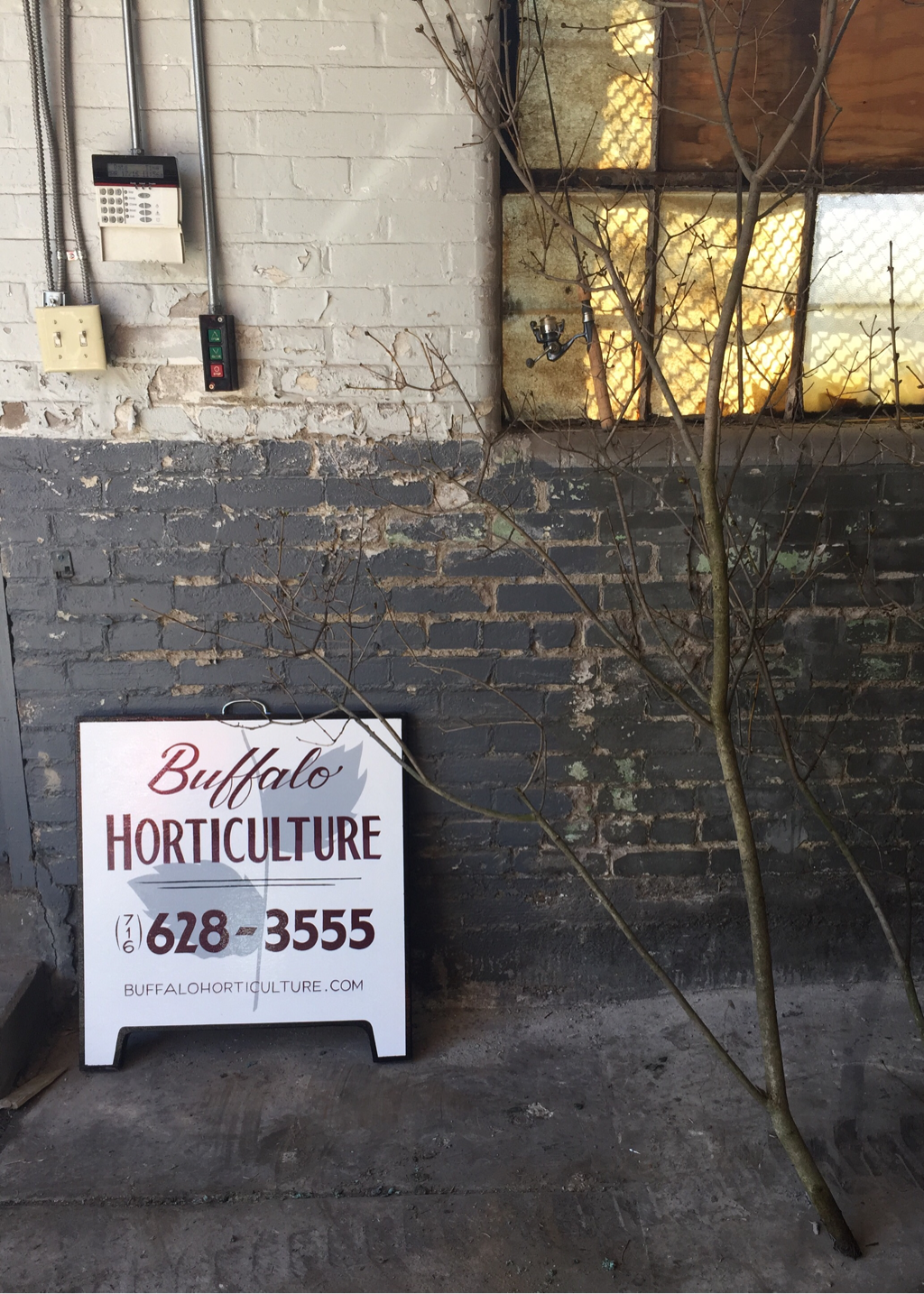
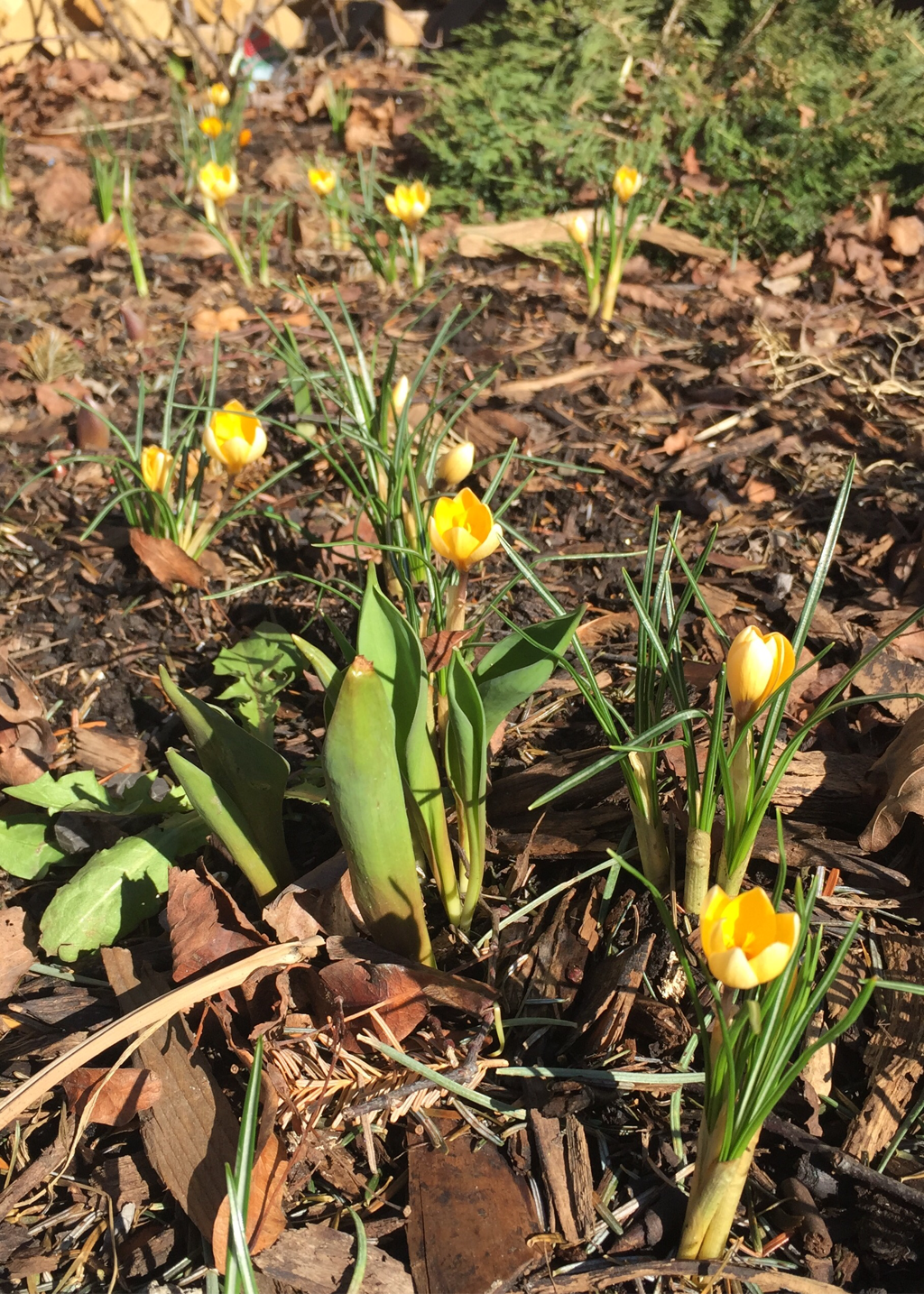
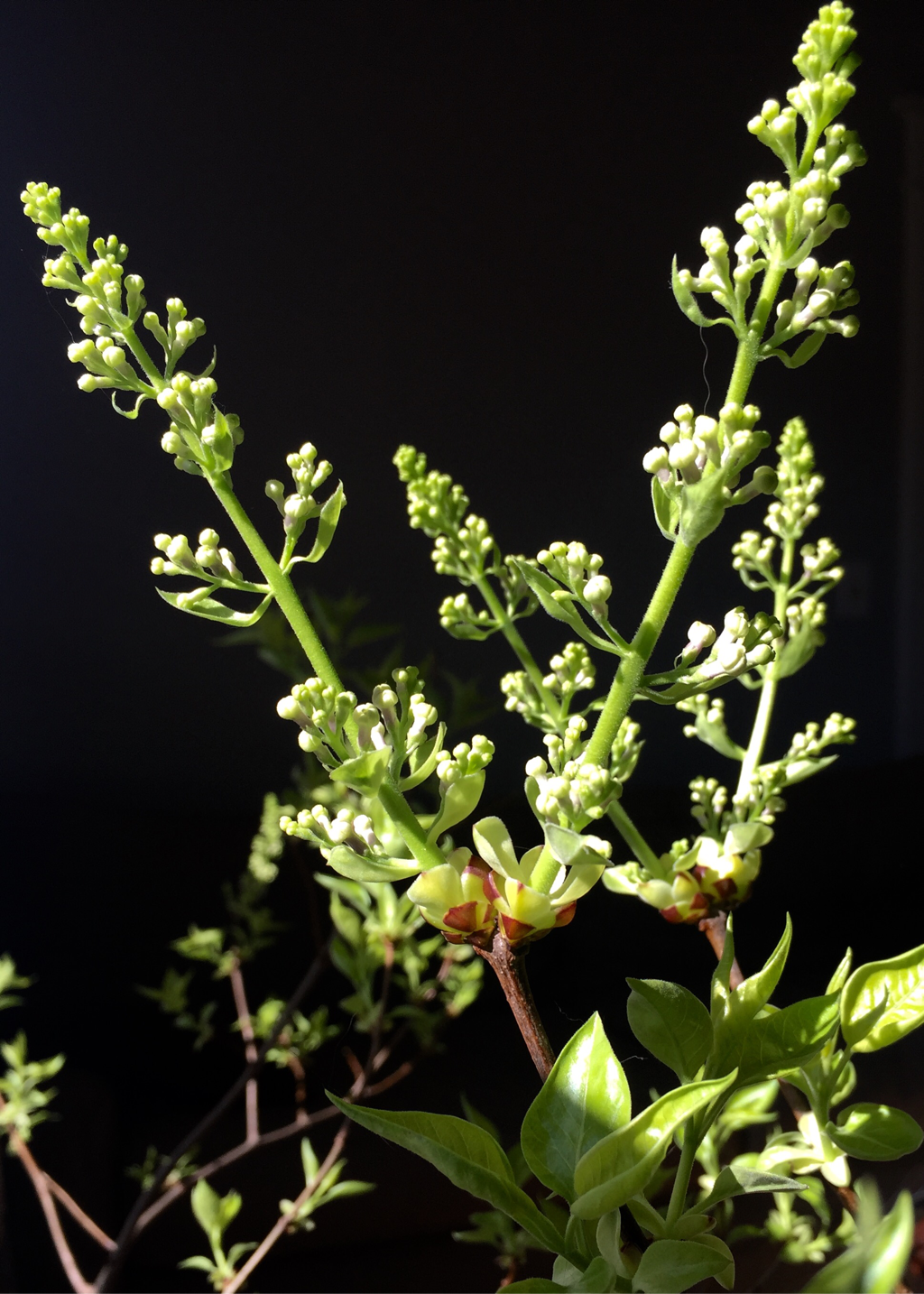
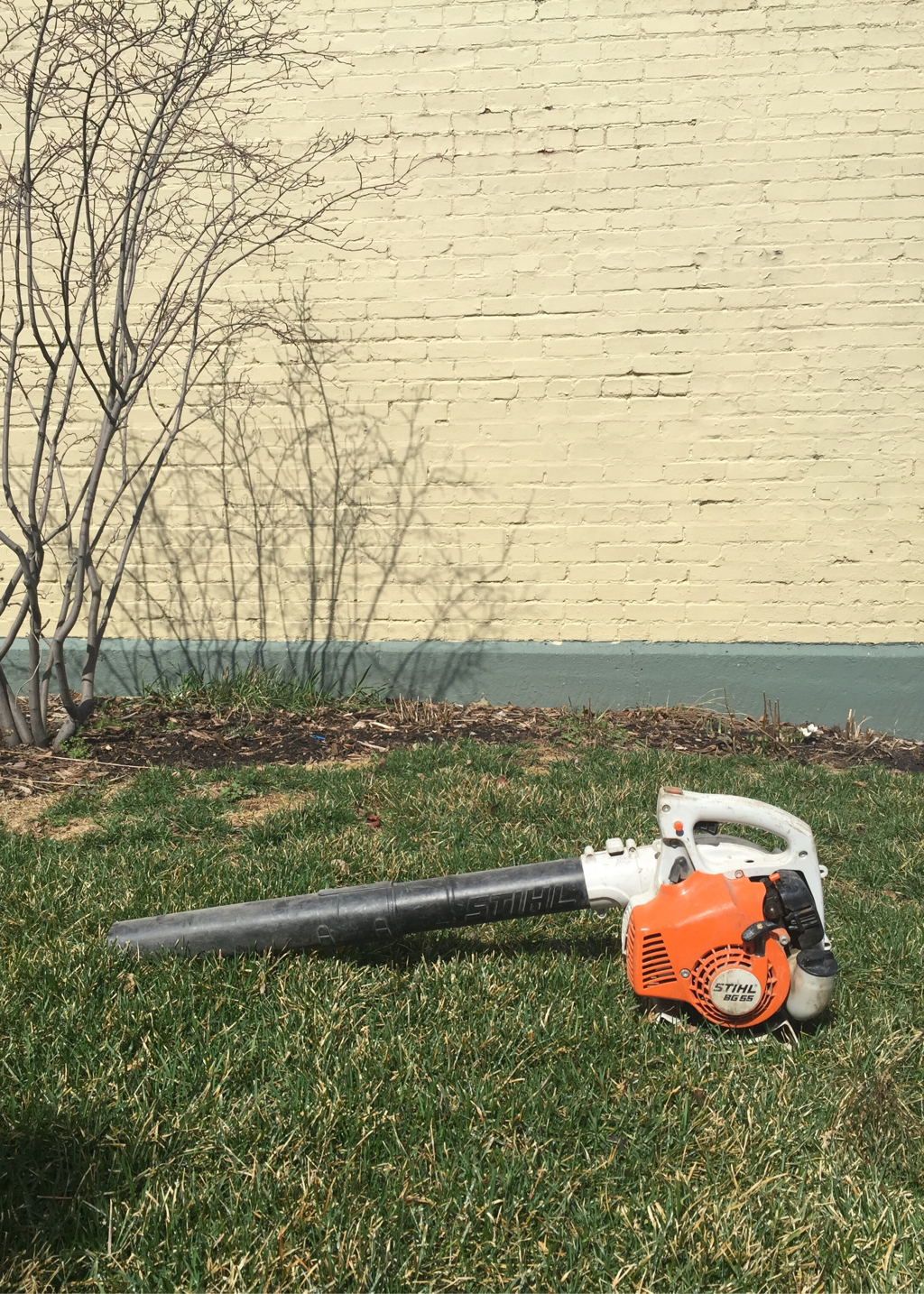

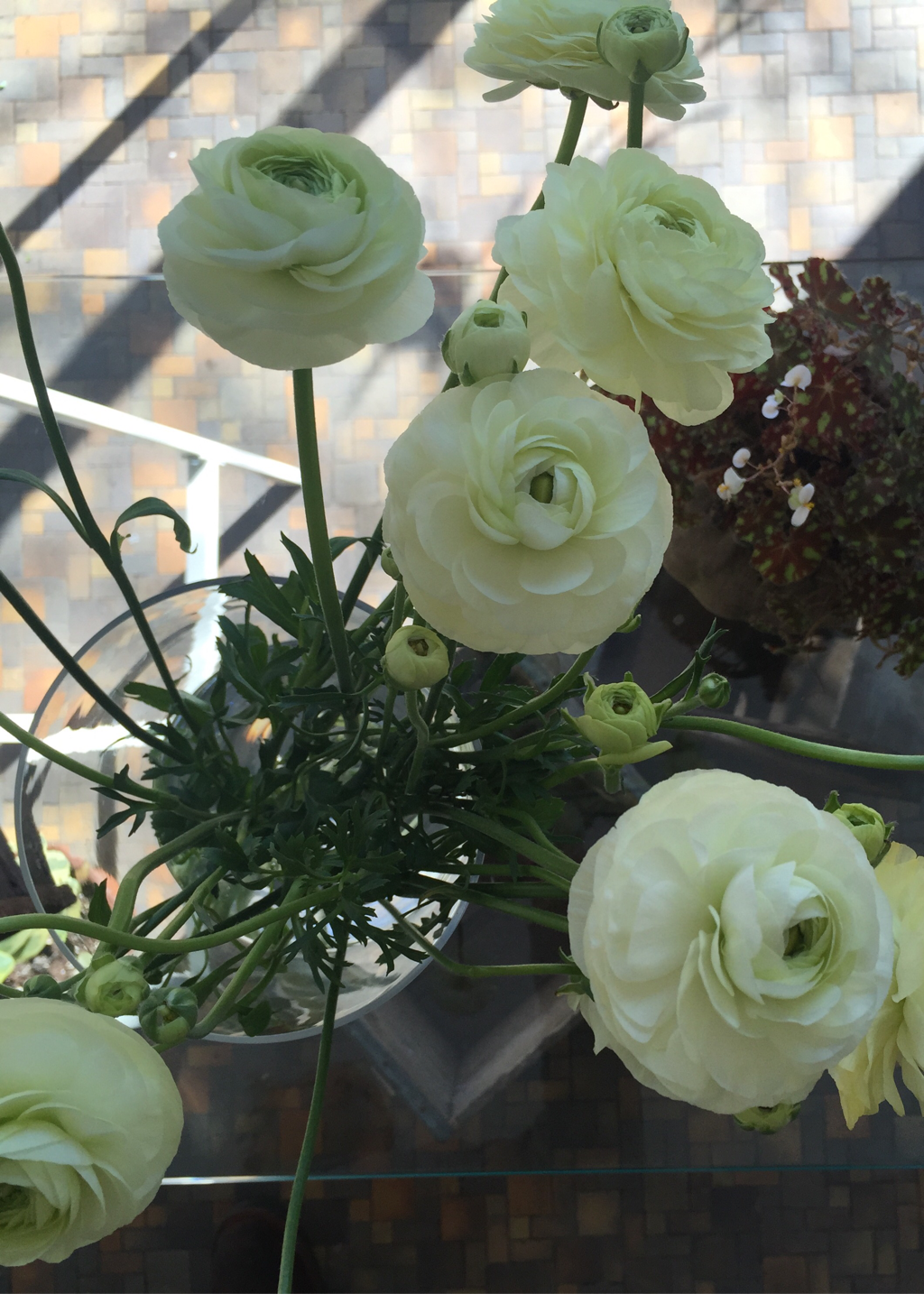
 RSS Feed
RSS Feed